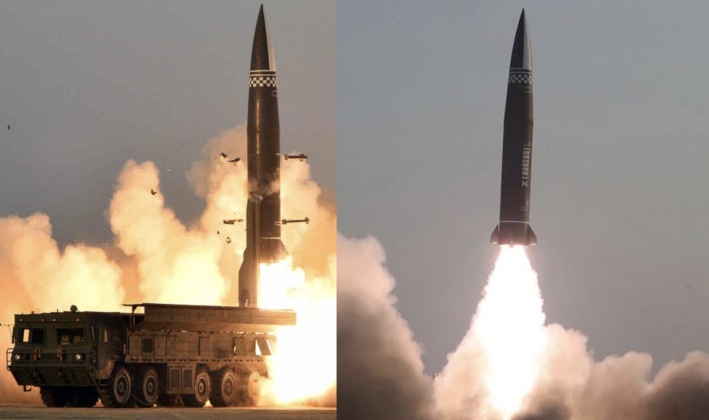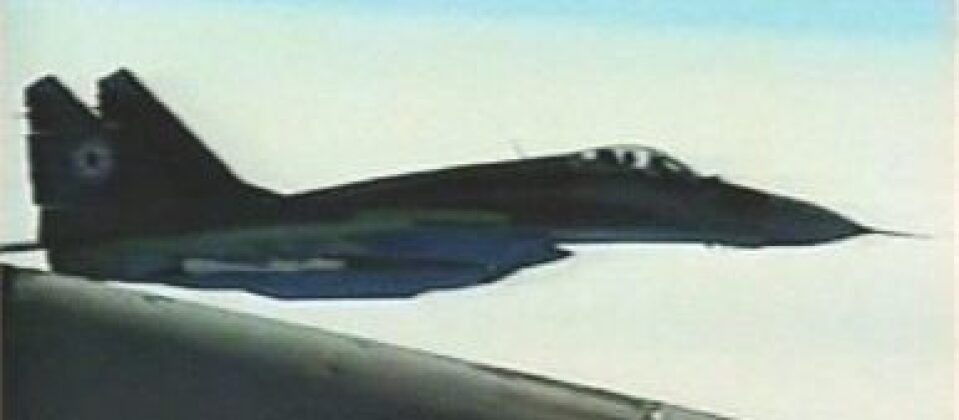News
North Korea’s Air Force Back in Action: MiGs Hold Hour Long Standoff with Southern F-15Ks at Border
The Korean People’s Army Air Force (KPAAF), the official name of North Korea’s Air Force, has deployed fighter and bomber aircraft for operations near its border with South Korea, prompting a southern deployment of 30 of its F-15K fighters which took part in an hour long standoff at the border. The northern aircraft were believed by the south’s armed forces to be carrying out air to surface firing drills rather than for air to air combat, a task which all fighters in the KPAAF fleet are capable of meaning speculating their class could be effectively impossible. The incident follows major military exercises by the U.S. and South Korea, including launches of long ranged cruise missiles and the deployment of a nuclear powered American supercarrier, which Pyongyang has perceived as highly provocative and slammed as drills for an attack on its territory. South Korea and the United States remain technically in a state of war with the north, which responded to exercises by conducting ballistic missile tests including launching two tactical missiles with irregular semi-ballistic depressed trajectories and hypersonic impact speeds. These have provided a favoured method for taking out enemy airfields in a war’s opening stages.

Although North Korea’s ballistic missile arsenal has often been used as a means of signalling its adversaries and demonstrating force, the KPAAF has seen far less deployments for such purposes largely due to the age of its equipment as it is by far the most antiquated of the People’s Army’s service branches. Speculated new acquisitions from Russia as the two have strengthened defence ties, albeit of greater numbers of existing fighter classes as well as more fuel, spare parts and air launched weapons, may well be behind the growing confidence in using the air force. While North Korea has invested in modernising its airfields and improving the avionics and electronic warfare systems of its fighters, deployments near its borders have been relatively few. Some notable examples including MiG-23s dispatched to warn off southern F-16s during a standoff in November 2010, and the use of MiG-29s to intercept American surveillance aircraft in the 2000s at a time when the George W. Bush administration was signalling that that country could face the same fate as Iraq which the U.S. had recently invaded.

Escalation in North Korean ballistic missile launches has widely been interpreted as a means of placing pressure on the United States to return to negotiations and provide concessions including a loosening of UN Security Council economic sanctions. Pyongyang previously ceased ballistic missile testing for over a year from December 2017 in order to allow room for diplomacy, which ended only 16 months later in April 2019 after a Donald Trump led delegation refused a step by step concession process at a summit meeting in Hanoi and instead pressed for the East Asian state’s full disarmament. The country’s ballistic missile program has made significant progress since then, with tactical hypersonic platforms similar to but with longer ranges than the Russian Iskander-M being widely deployed with a range of launch vehicles, while the country has also become the third after Russia and China to deploy hypersonic glide vehicle equipped missiles.












